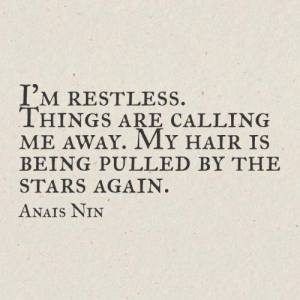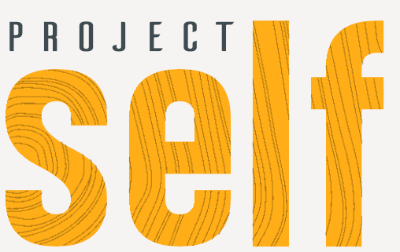
Are You Sitting Uncomfortably? Good. Then You Can Begin.
In coaching, the different phases we operate in towards embracing change and challenge in our life are called the Comfort, Stretch and Panic zones. In the Comfort Zone we feel safe, as everything is familiar and routine. The danger of this is that we may not even realise we are limiting ourselves; preventing our own growth in effect. Stagnating imperceptibly. We may feel secure and unworried, but if we are not attending to our natural tendency towards growth, which gives us the sense that we are achieving something with our life, we may feel miserable, without even being aware of the cause. We may be stuck and feel dulled.
The Stretch Zone is where we feel more alive. Here we are open to opportunity, possibility and challenge. We start to feel a sense of anticipation, excitement and optimism. We have motivation because we feel stimulated. We feel like we are living a richer life, we feel brave. We are learning something new; being more and doing different. We may feel a little uncomfortable because we are stretching and challenging ourselves, but it’s nothing we can’t handle.
The Panic Zone is where we’ve pushed ourselves into an edgy place where the challenges and changes we have set ourselves create high stress and anxiety. Everything can feel too much to cope with and can have a negative effect on our mind set as we feel like we are operating beyond our capacity.
It’s important to find the right balance, an edge where we can enjoy challenge. When we leave our comfort zone it’s often within comfortable uncomfortableness. “Goldilocks Discomfort: not too much, not too little but just right” (Nick Bolton). The Goldilocks principle describes a situation which is just right, not too simple and not too complex. A Goldilocks planet is neither too close to nor too far from a star to rule out life. The important thing is to not rule out life.
Some people see making a transition away from the Comfort Zone as leading directly to the Panic Zone. If that happens, it’s possible to look at what’s causing the stress and reflect on what would make the changes more manageable, so that we can fully inhabit and enjoy the space in between where we are and where we want to go. This is why when we are making conscious change we often look at it in a series of steps in a process, to accustom and graduate our experience.
Sometimes we just need a little time to make the change in our mind set and then the panic reduces. Like the panic that can ensue when we hit very cold water. A few breaths and a few minutes and we have adjusted to our situation, our environment, the conditions; both in the body and in the mind. We calm down once we realise we are doing it and that there’s even a slightly pleasurably element in that discomfort – we are swimming in very cold water! Slightly exhilarating! When we get out, there’s often a sense of achievement, of adventure. We were brave.
‘Comfortable uncomfortableness’ prompted me to think about the four stages of learning: 1) unconscious incompetence – where we don’t know what we don’t know; 2) conscious incompetence – where we do know what we don’t know; 3) conscious competence – where we practice our developing knowledge; and 4) unconscious competence – where knowledge is without effort and we have accumulated new skills.
Conscious incompetence can be linked to the initial step into the stretch zone in that we have declared: “I don’t know how to do this, but I am going to learn”.
I’ll leave you with an image of Goldilocks swimming in very cold water.
